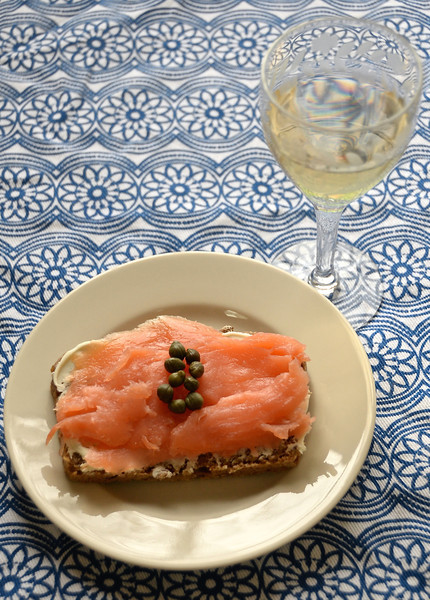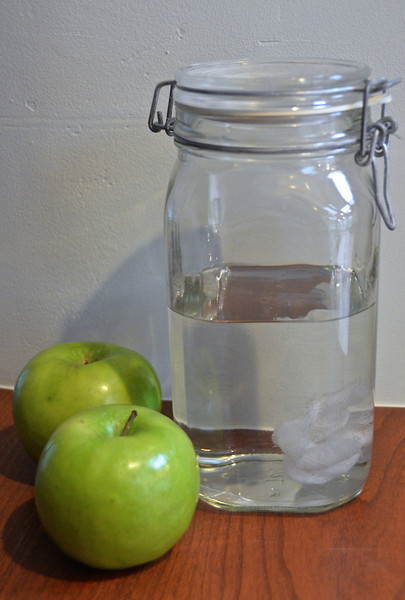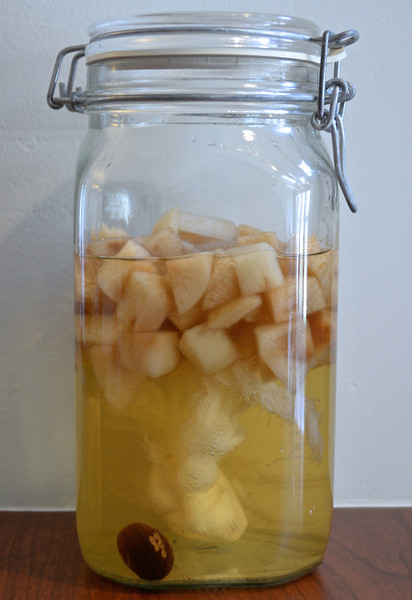Think of all the controversial topics that could come up between family and friends. For most people slender, knobby, orange root vegetables wouldn’t be among them. Yet, in my household carrots have long been a source of contention. Until recently, the only way that I could convince my husband to eat these vegetables was if I shredded and made them into a carrot cake. Smart guy, huh?
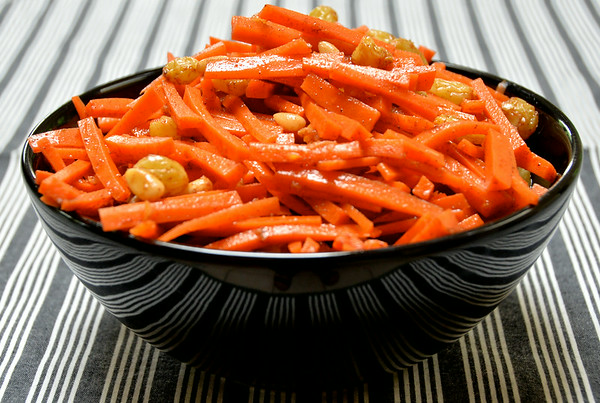
Rather than rely on cake alone to provide us that burst of Vitamin A, I look for ways to make carrots more palatable to the picky. So far, Moroccan Carrots, which I featured in Fish Market, are the favorite.When teaching a class, holding a talk or just sitting around the dinner table, I’m frequently asked how I and other food writers create recipes. While I can’t speak for my colleagues, I can explain the rationale and process behind Moroccan Carrots.
All dishes begin with the question “What foods go well together?” If I’m working with a versatile ingredient such as a carrot, that’s easy to answer. From a lifetime of eating them I know that they pair beautifully with butter, honey, maple syrup, sugar and salt. If you’ve ever had a glazed carrot, you know this, too. They also partner with spicy, savory and tart ingredients, including cinnamon, coriander, ginger, nuts, parsnips, peas, lemon, lime and olive oil.
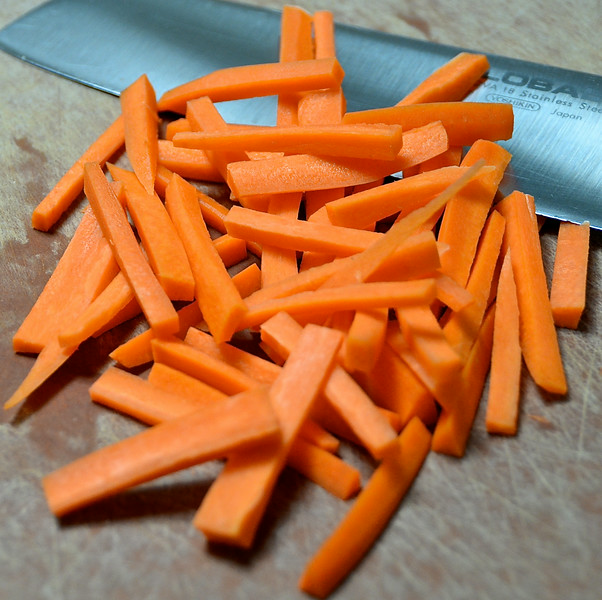
The next aspect to consider is the cooking method. How well or poorly does an ingredient respond to different forms of heat? With carrots I can boil, bake, braise, roast, saute, steam, stew or stir fry them. Unlike meats and certain produce, they can also be consumed raw.When masterminding Moroccan Carrots, the next concern was personal preferences. Because my husband loves the sweet spiciness of carrot cake and I adore raw carrots, I decided to pair uncooked carrots with such carrot cake mainstays as cinnamon, raisins and nuts. Since we both enjoy Moroccan cuisine, I added a taste of North Africa to the mixture. Hence the use of preserved lemons and cumin. As for the multifaceted allspice and olive oil, the former lends complexity to the dish while the latter binds the ingredients.
From this point onward I test, tinker with and re-test the carrot recipe, determining proportions and adding or subtracting ingredients. Toss all these considerations together and you get Moroccan Carrots. Sweet enough to be a dessert, they are likewise savory and satisfying enough to be a delightful side dish.
MOROCCAN CARROTS
From Fish Market (Running Press, 2013)
Serves 6
1 1/2 tablespoons honey
1 teaspoon ground cinnamon
1/4 teaspoon ground allspice
1/4 teaspoon ground cumin
3 tablespoons olive oil
10 medium carrots, peeled and cut into 3/4-inch long and 1/4-inch wide matchsticks
1/3 cup golden raisins
3 tablespoons pine nuts, toasted
1/2 preserved lemon, rinsed and diced
In a small bowl whisk together the honey, cinnamon, coriander, cumin, and olive oil.
In a medium bowl toss together the carrots, raisins, and pine nuts. Pour the dressing over the mixture and toss again. Cover and refrigerate until chilled, 45 minutes or overnight if making a day ahead.
Once the carrots have chilled, add the preserved lemons and toss to combine. Serve cold or at room temperature.
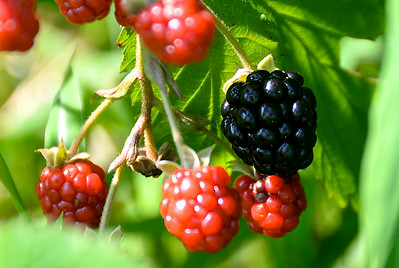
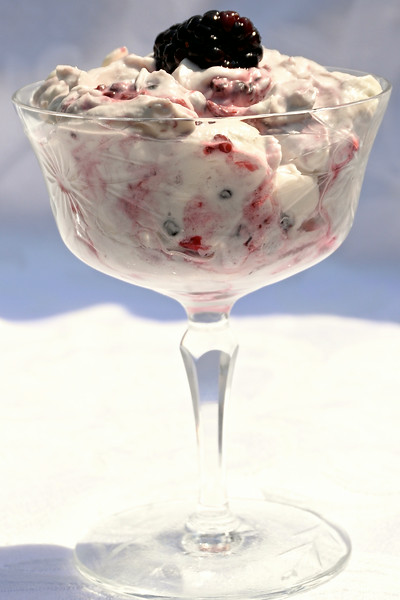
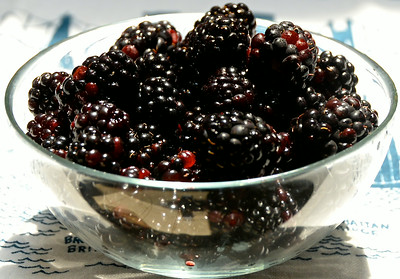
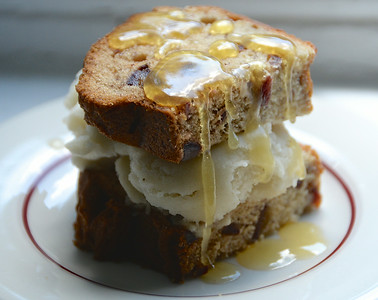
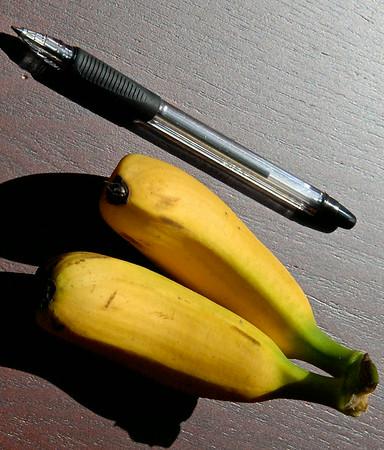
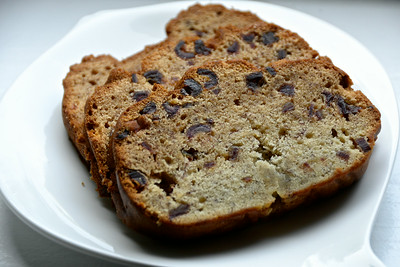
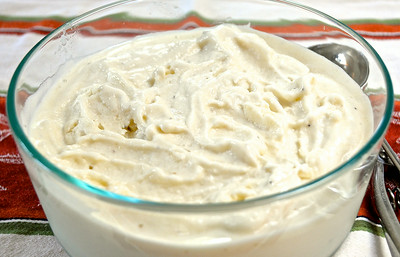
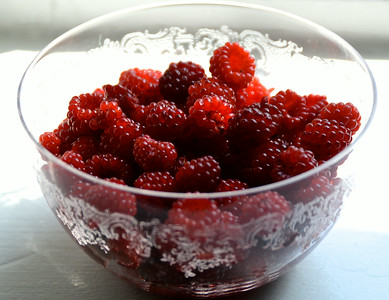
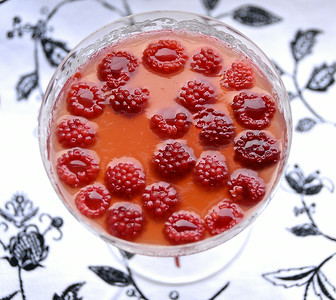
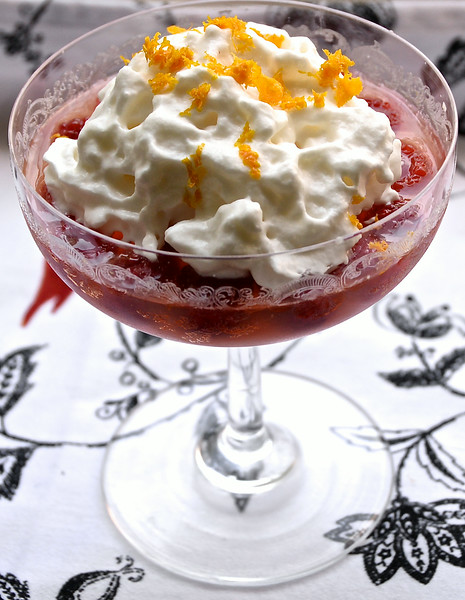
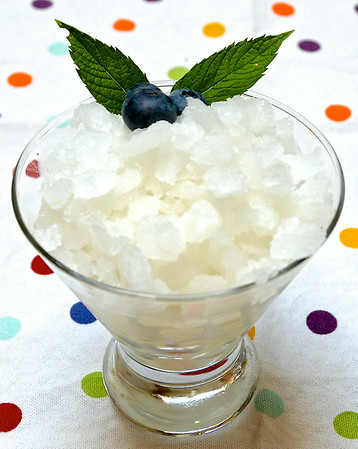
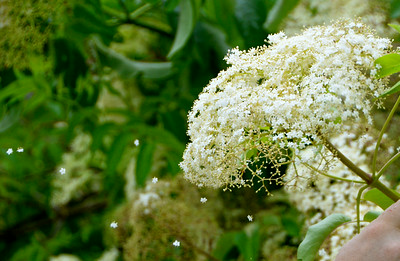
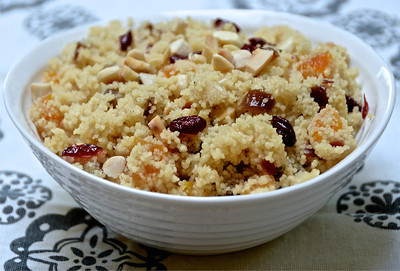
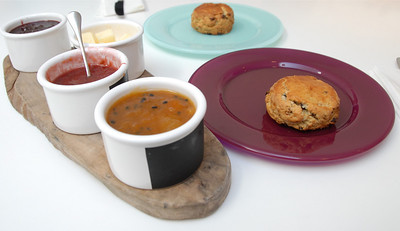
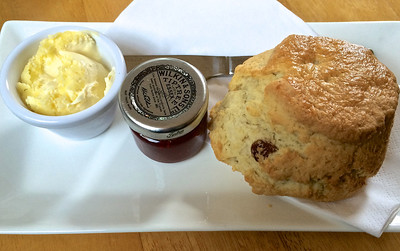
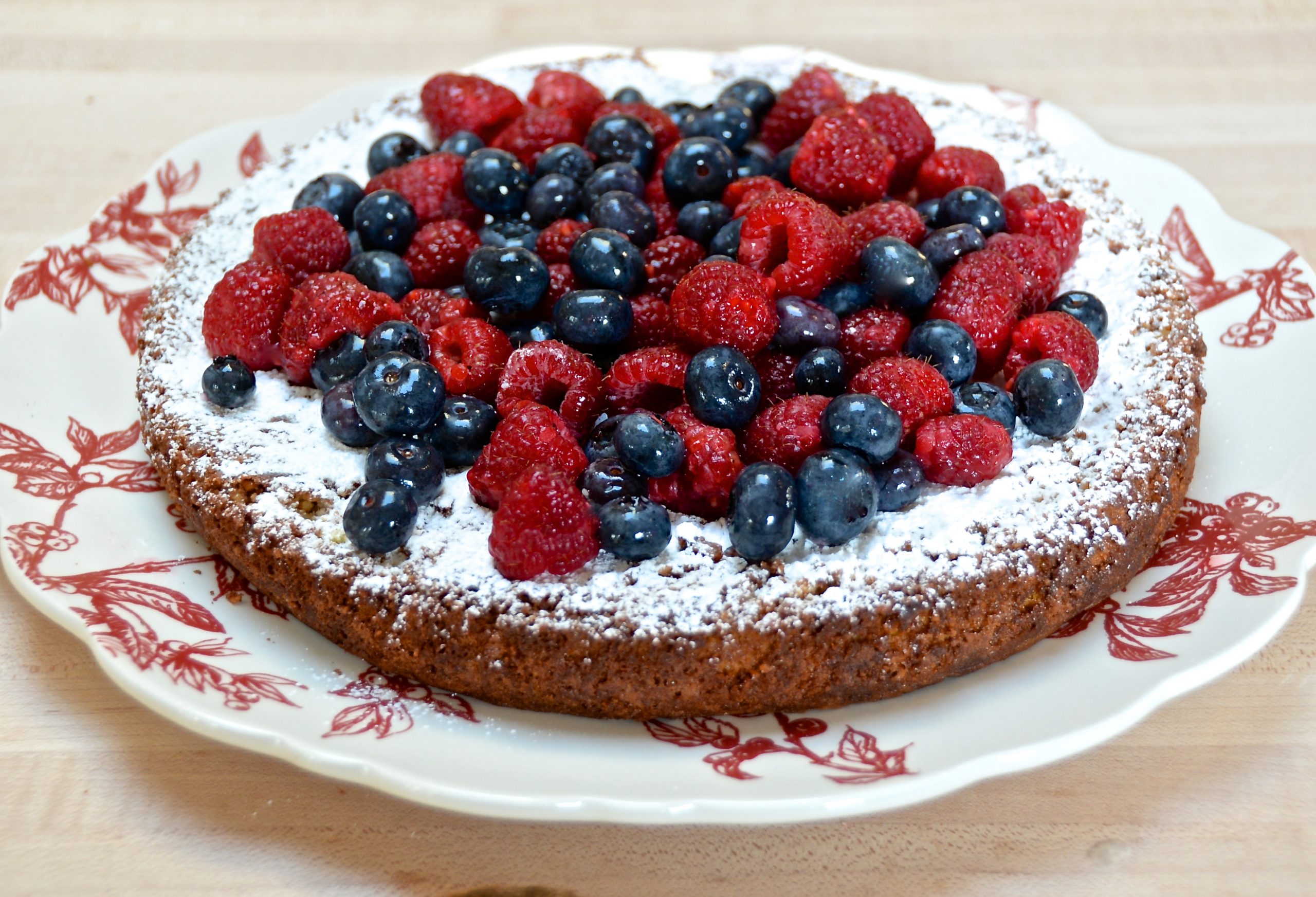
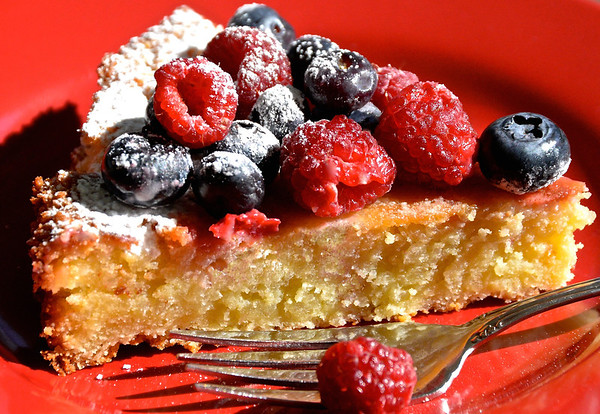
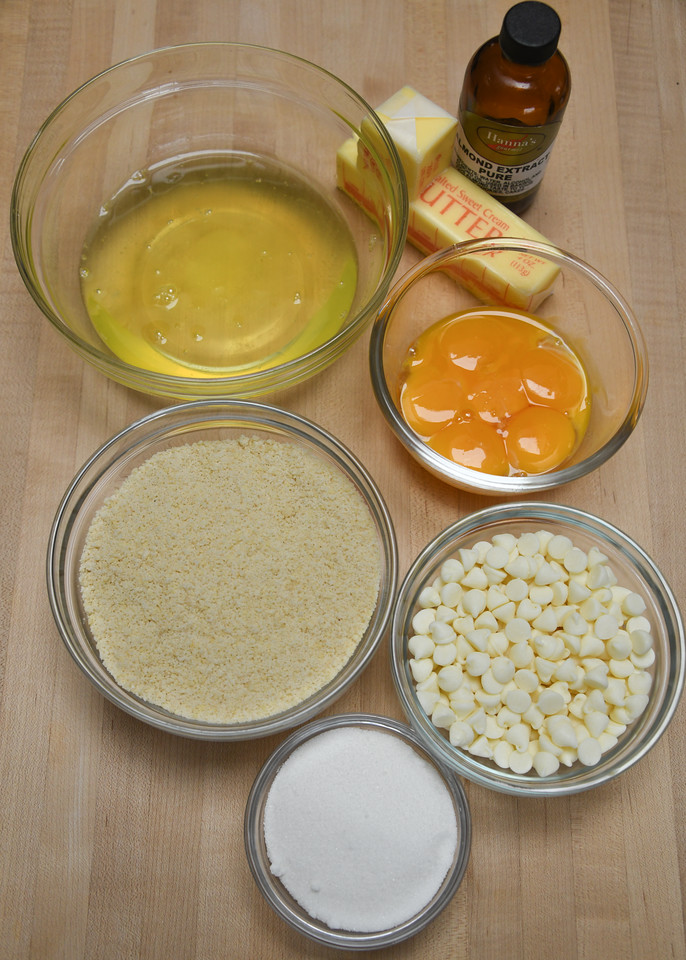
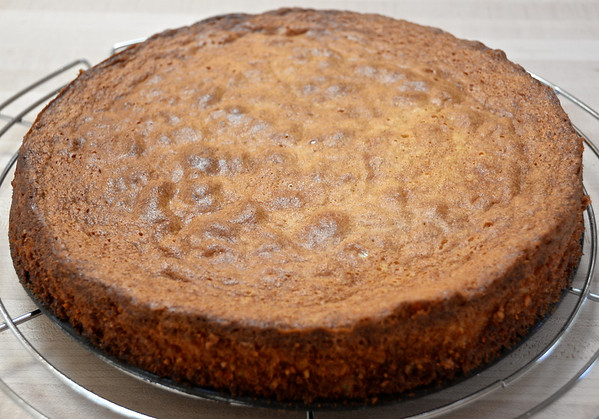
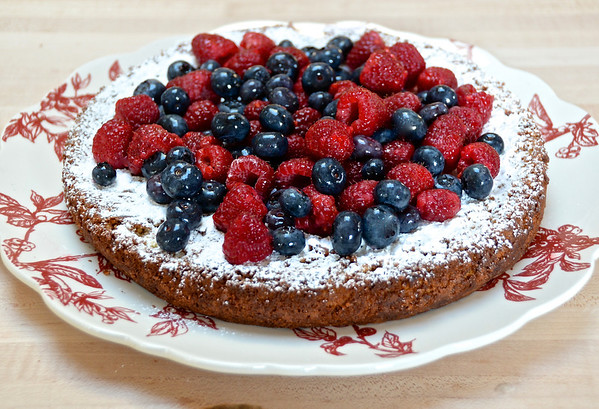
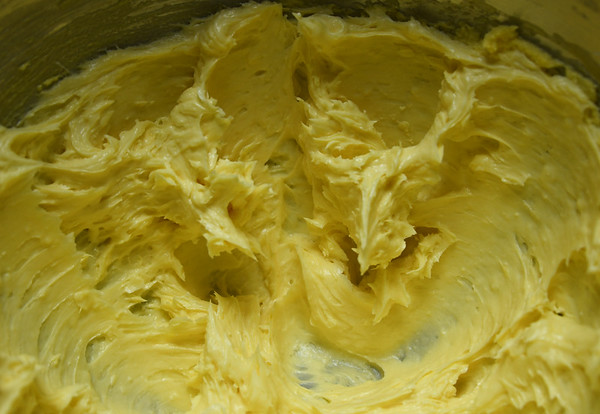
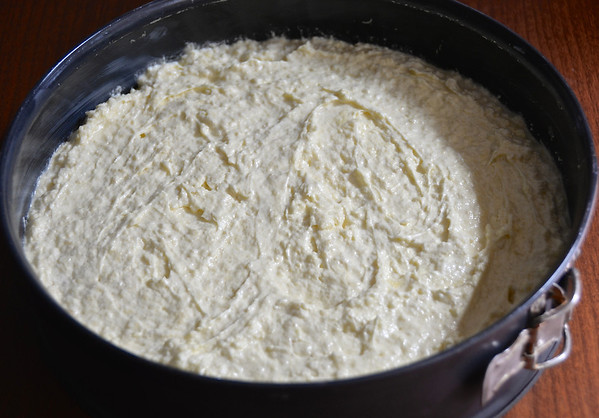
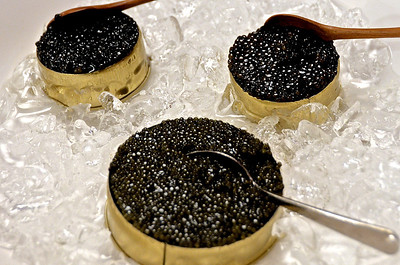 Caviar is one of those foods that we’re supposed to love. Costly and rare, it’s considered the height of luxury and sophisticated dining. Receive a complimentary blini topped with a dollop of creme fraiche and sprinkling of tiny, flame-colored, salty orbs and you might think, “Wow! Caviar! This restaurant knows how to make its diners feel special!” Then again, you might also think, “Gross. Fish eggs.”
Caviar is one of those foods that we’re supposed to love. Costly and rare, it’s considered the height of luxury and sophisticated dining. Receive a complimentary blini topped with a dollop of creme fraiche and sprinkling of tiny, flame-colored, salty orbs and you might think, “Wow! Caviar! This restaurant knows how to make its diners feel special!” Then again, you might also think, “Gross. Fish eggs.”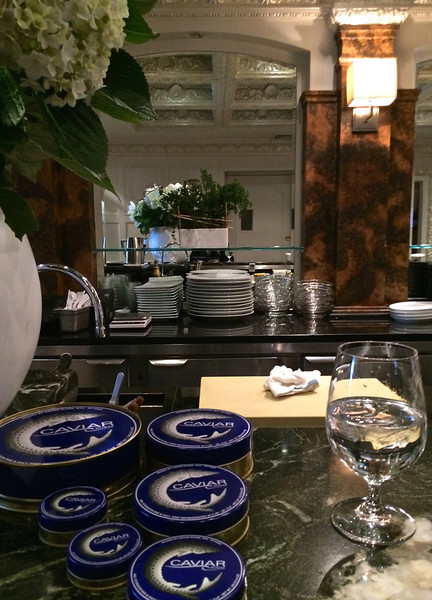 Dressed in my workday uniform of jeans, black sweater, faded black t-shirt and running shoes, I schlepped over to
Dressed in my workday uniform of jeans, black sweater, faded black t-shirt and running shoes, I schlepped over to 